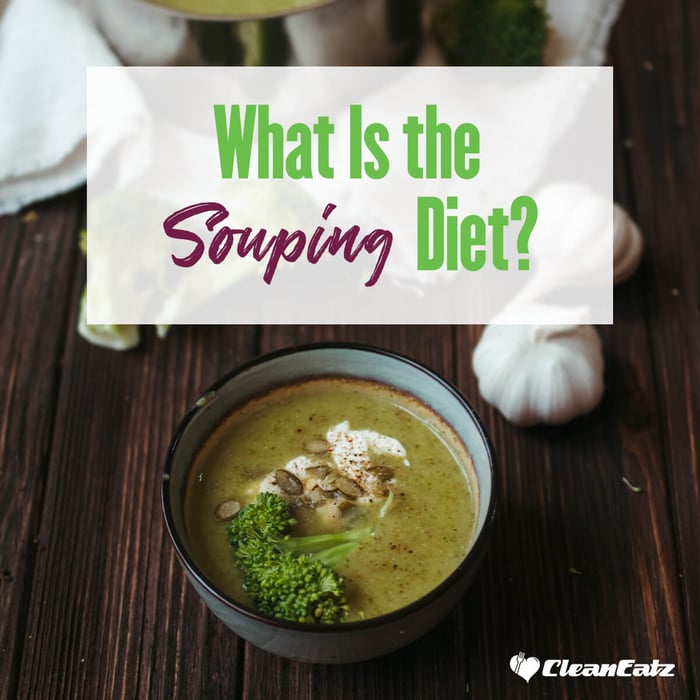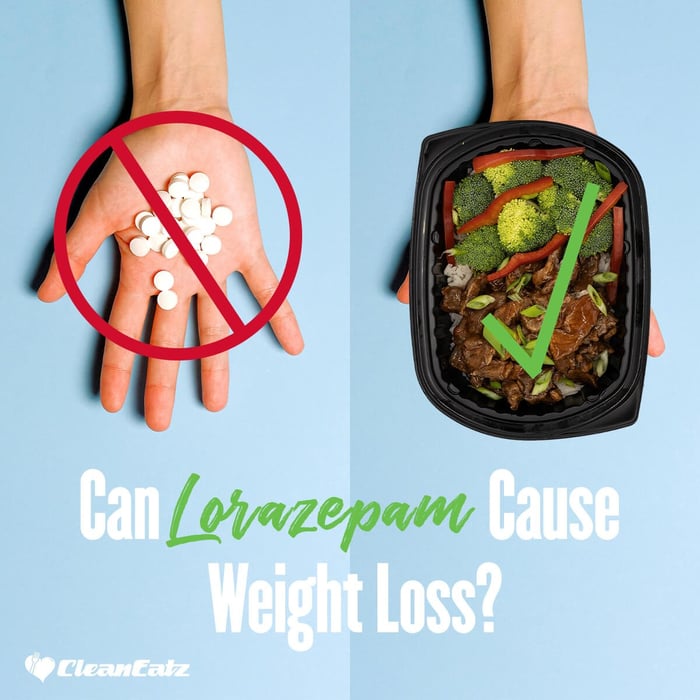Table of Contents
- What Is the Souping Diet? (Benefits, Risks & a Smarter Soup-Forward Plan)
- What Is the Souping Diet?
- Does It Work for Weight Loss?
- Pros & Cons
- A Balanced Soup Formula (Add Protein + Smart Carbs)
- 1-Day Soup-Forward Sample Menu (≈1,600–2,000 kcal)
- Souping vs. Juicing vs. Smoothies
- Make It Sustainable
- Related Reading
- FAQs
Last updated: September 12, 2025
What Is the Souping Diet? (Benefits, Risks & a Smarter Soup-Forward Plan)
Quick answer: The souping diet is a short-term plan built around mostly soups—usually vegetable-heavy, lower in calories, and easy to prep. It may help you eat more veggies and feel full on fewer calories, but classic souping plans can be too low in protein, high in sodium, and hard to sustain. A better approach is a soup-forward week: keep soups as the base, then add measured protein and smart carbs so your meals are balanced.
What Is the Souping Diet?
“Souping” means building most meals around soup—pureed or chunky—often for a few days to a couple of weeks. Some plans are veggie-only; others add beans, grains, or lean proteins. The catch: many viral versions skip protein and rely on salty, low-calorie bowls that don’t keep you satisfied for long.
Does It Work for Weight Loss?
It can—if your overall calories are lower than your maintenance needs. Soups are volume-friendly (water + vegetables) which can help appetite, but results depend on your total daily intake. For a realistic target, use our Calorie Calculator and read how long it takes to notice weight loss.
Pros & Cons
Pros
- High volume, lower calories: broth and vegetables create filling bowls.
- Easy batch cooking: one pot feeds multiple meals; freezer-friendly.
- Great way to eat more veggies: especially pureed soups with carrots, tomatoes, squash, or greens.
Cons
- Low protein by default: vegetable-only soups won’t hit protein targets (aim ~20–40 g/meal).
- Sodium creep: canned broths and bouillon can be very salty; choose low-sodium and season yourself.
- Monotony: drinking/blending every meal gets boring—easy to rebound.
A Balanced Soup Formula (Add Protein + Smart Carbs)
Use this template to turn any soup into a balanced meal:
- Base: 2–3 cups vegetable soup (tomato, carrot, squash, minestrone, chicken-veg, etc.).
- Protein (choose one): 4–6 oz cooked chicken, turkey, shrimp, salmon, tuna, tofu/tempeh, or ¾–1 cup beans/lentils.
- Smart carbs (measured): ½–1 cup cooked rice, potatoes, farro, barley, or whole-grain pasta (optional but helpful for training days).
- Fats (measured): 1–2 tsp olive oil or a sprinkle of cheese/nuts for flavor.
- Season to taste: herbs, lemon, chili, vinegar; go light on salt if using canned broth.
Prefer “drinkable” options? See Juicing vs Blending—but keep a protein source nearby so you stay full.
1-Day Soup-Forward Sample Menu (≈1,600–2,000 kcal)
- Breakfast: Greek yogurt + berries + measured granola (or Overnight Oats).
- Lunch: Tomato-basil soup (2–3 cups) + 5 oz grilled chicken + ½ cup cooked rice + side salad.
- Snack: Cottage cheese + fruit or a protein bar.
- Dinner: Chicken & vegetable soup (3 cups) + ¾ cup beans + 1 tsp olive oil + herbs.
Make life easy with our Weight-Loss Meal Plan or customize a week via Build-a-Meal Plan. Keep proteins on hand with the High-Protein Box.
Souping vs. Juicing vs. Smoothies
| Approach | Fiber | Protein | Fullness | Best Use |
|---|---|---|---|---|
| Souping | High (veg/legumes) | Low unless you add it | Good (volume + warmth) | Meal base when you add protein/smart carbs |
| Juicing | Low (fiber removed) | Very low | Lower | Small veggie-forward side drink; see guide |
| Smoothies | Moderate–High | Good if you add powder/yogurt | Good | Quick meal/snack with protein + measured add-ins |
Make It Sustainable
- Hit protein at every meal (20–40 g). Consider adding a scoop of Protein Powder to blended veggie soups after cooking (stir, don’t boil).
- Watch sodium: choose low-sodium broth and season with acid (lemon/vinegar), herbs, and spices.
- Hydrate: alternate plain water with a light electrolyte mix on hot/training days—see electrolyte guide.
- Train smart: pair your plan with 2–3 strength sessions/week and daily steps; review healthy lifestyle hacks.
- Calorie targets: use the Calorie Calculator to set your deficit/surplus; for carb strategy see carbs & weight loss.
Related Reading
- Juicing vs Blending
- Electrolytes: Best Water Supplements
- How Long Does It Take to Notice Weight Loss?
- Carbs & Weight Loss
FAQs
Is the souping diet good for weight loss?
It can help reduce calories, but you’ll get better results by making soups the base of balanced meals and ensuring 20–40 g protein per meal.
How long should I “soup”?
Short waves (e.g., a week) work well for convenience and veggie intake. For longer than that, keep protein and calories adequate so you don’t stall or rebound.
What soups are best?
Broth-based vegetable soups you can bulk up with protein and measured carbs (e.g., chicken-veg + beans + rice). Creamy soups can fit if portions are small and protein is added.
Can I exercise on a souping plan?
Yes—prioritize protein and consider a small carb side before harder sessions. If you train fasted, keep intensity modest; see our guide.
What about sodium?
Choose low-sodium broth and season with herbs, spices, and acids. If you sweat heavily or it’s hot, see our electrolyte guide.
Disclaimer: This article is for general information only and isn’t medical advice. If you have medical conditions or take medications, work with your clinician.




